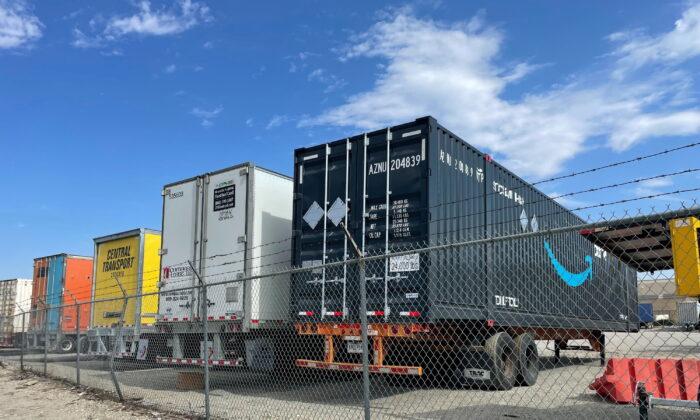The largest warehouse market in the United States is reaching full capacity after several months of slowing retail sales, suggesting that the long-anticipated “bullwhip effect” may be starting to take hold of domestic markets.
In the Inland Empire, the largest warehouse distribution market in the United States, warehouse vacancies have reached a low of 0.6 percent. The region’s sprawling warehouse complexes have been suffering under the burden of unwanted goods as the economy slows down—a foreboding sign for distributors across the country, who may soon find a glut of goods and a scarcity of warehouse capacity to house these goods in want of a purchaser.
So vast is the network of warehouses in the region that many of its most populous cities, among them Chino, Colton, Redlands, Riverside, and Jurupa Valley, have issued moratoria on the construction of new warehouses.
Already, this region reports some of the lowest rates of warehouse vacancies in the nation, with just 0.6 percent of warehouse space available in the Inland Empire, compared with an average of 3.1 percent throughout the nation, as reported by real estate services firm Cushman & Wakefield.
However, these warehouse vacancies may be poised to become much tighter as consumer spending contracts, resulting in backlogs of unsold goods and the need for more storage space.
Consumer spending has remained consistently higher than pre-pandemic levels, but problems have begun to manifest under the surface of the data. Consumer spending rose by 1.1 percent in June, compared with just 0.2 percent the month prior.
However, this data ignore the rising rate of inflation, which has risen consistently faster than the rate of consumer spending in recent months. Inflation rose by 1 percent in May and 1.3 percent in June, suggesting that higher consumer spending figures do not reflect individuals buying more but rather that people must now spend more to maintain the same spending habits as before.
With the U.S. economy apparently entering a state of recession, it is likely that consumers will have to tighten their belts even more. However, even as the warning signs became more apparent and a growing chorus of experts began to warn of an imminent U.S. recession, the trickle of goods into U.S. harbors continued at near-record levels.
According to the trade database Descartes Datamyne, imports to U.S. container ports processing retail goods from abroad had increased by more than 26 percent in the first six months of 2022 compared with pre-pandemic levels, with dockworkers at the Los Angeles–Long Beach Seaport Complex handling roughly 550,000 more 40-foot containers than before the pandemic started.





